 The US Lumber Coalition says lumber price drop is due to weak housing market and excess Canadian supply. In other Business news: Unifor Canada says the US needs Canadian lumber; Savannah, Georgia questions International Paper’s mill closure; and Stella-Jones is fined for unlawful water pollution in Oregon. Meanwhile: the Danish timber industry bemoans burden of EU packaging rules; and palm oil companies say US’ EUDR exemption should apply to them too.
The US Lumber Coalition says lumber price drop is due to weak housing market and excess Canadian supply. In other Business news: Unifor Canada says the US needs Canadian lumber; Savannah, Georgia questions International Paper’s mill closure; and Stella-Jones is fined for unlawful water pollution in Oregon. Meanwhile: the Danish timber industry bemoans burden of EU packaging rules; and palm oil companies say US’ EUDR exemption should apply to them too.
In Forestry/Wildfire new: BC’s North Cowichan council to make logging a strategic priority; a Lakehead University researcher says soils are key to carbon storage; and a Clemson University prof says wildfires impact soil too. Meanwhile: more Oregon cities are buying their forest watersheds; Washington States’ old-but-not-quite-old-growth conservation announcement; the latest from the BC Community Forest Association; and wildfire updates from BC, Ontario, Nova Scotia, and Oregon.
Finally, happy Labour Day long weekend! The frogs are back on our pads Tuesday.
Kelly McCloskey, Tree Frog News Editor
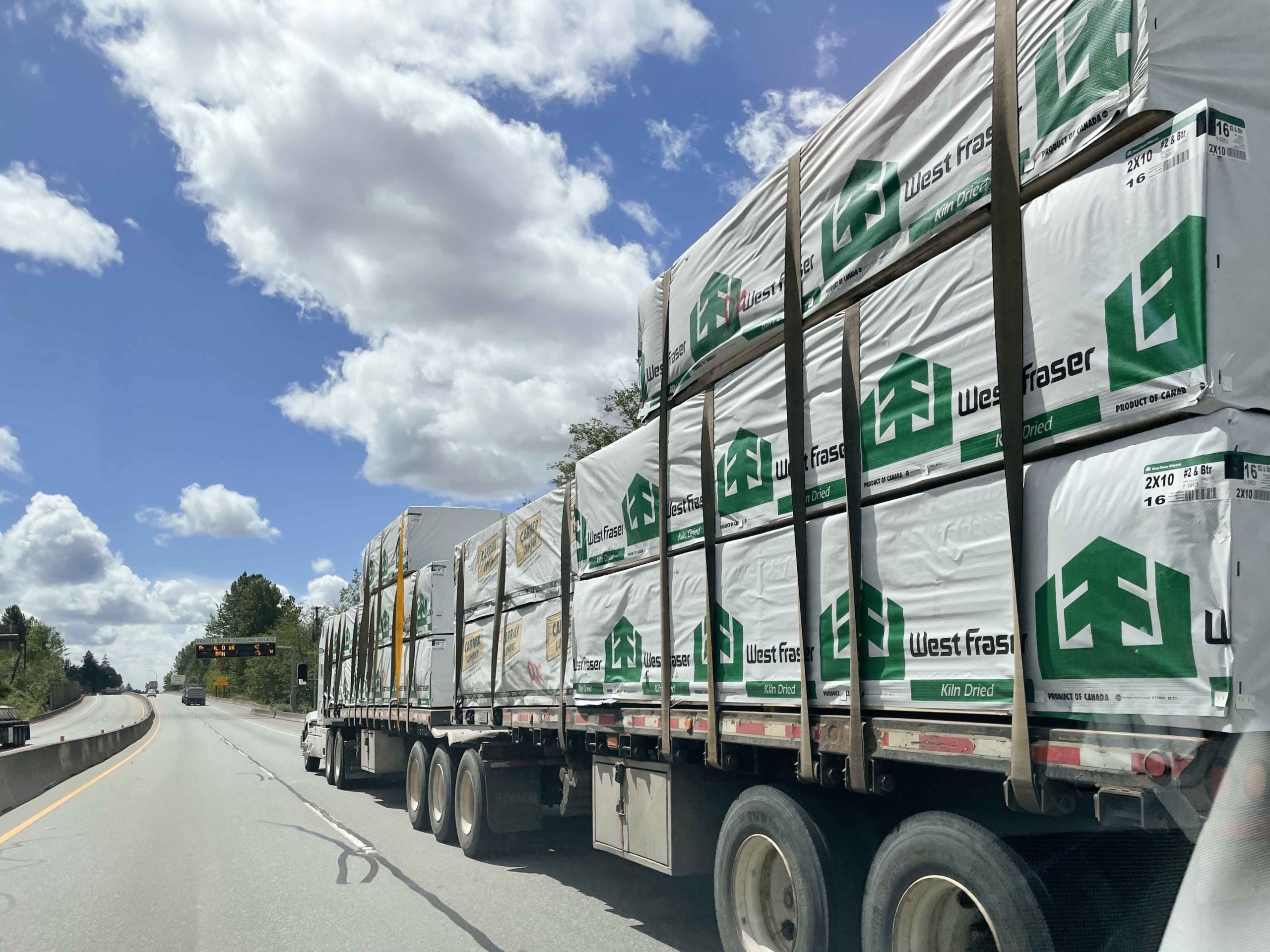 West Fraser Timber is continuing to succeed in this ever-changing world, despite a lower second quarter. …Sales were up slightly from Q1 — $1.532 billion, compared to $1.459 billion. However, earnings were nearly cut in half — $24 million compared to $42 million in the first quarter. “Demand for many of our building products slowed in the second quarter as spring building activity fell short of our expectations,” said Sean McLaren, West Fraser’s President and CEO. “This was more acute in our North America Engineered Wood Products segment, which experienced further easing of demand as the quarter progressed [with] softer U.S. new home construction.” …West Timber’s director of communications, Joyce Wagenaar, told Black Press Media that this year has been a challenge economically. “2025 has brought a number of changes, most notably sluggish demand for building products in Canada and the U.S. due to challenging economic conditions, leading to a slowdown in new home construction,” said Wagenaar.
West Fraser Timber is continuing to succeed in this ever-changing world, despite a lower second quarter. …Sales were up slightly from Q1 — $1.532 billion, compared to $1.459 billion. However, earnings were nearly cut in half — $24 million compared to $42 million in the first quarter. “Demand for many of our building products slowed in the second quarter as spring building activity fell short of our expectations,” said Sean McLaren, West Fraser’s President and CEO. “This was more acute in our North America Engineered Wood Products segment, which experienced further easing of demand as the quarter progressed [with] softer U.S. new home construction.” …West Timber’s director of communications, Joyce Wagenaar, told Black Press Media that this year has been a challenge economically. “2025 has brought a number of changes, most notably sluggish demand for building products in Canada and the U.S. due to challenging economic conditions, leading to a slowdown in new home construction,” said Wagenaar.
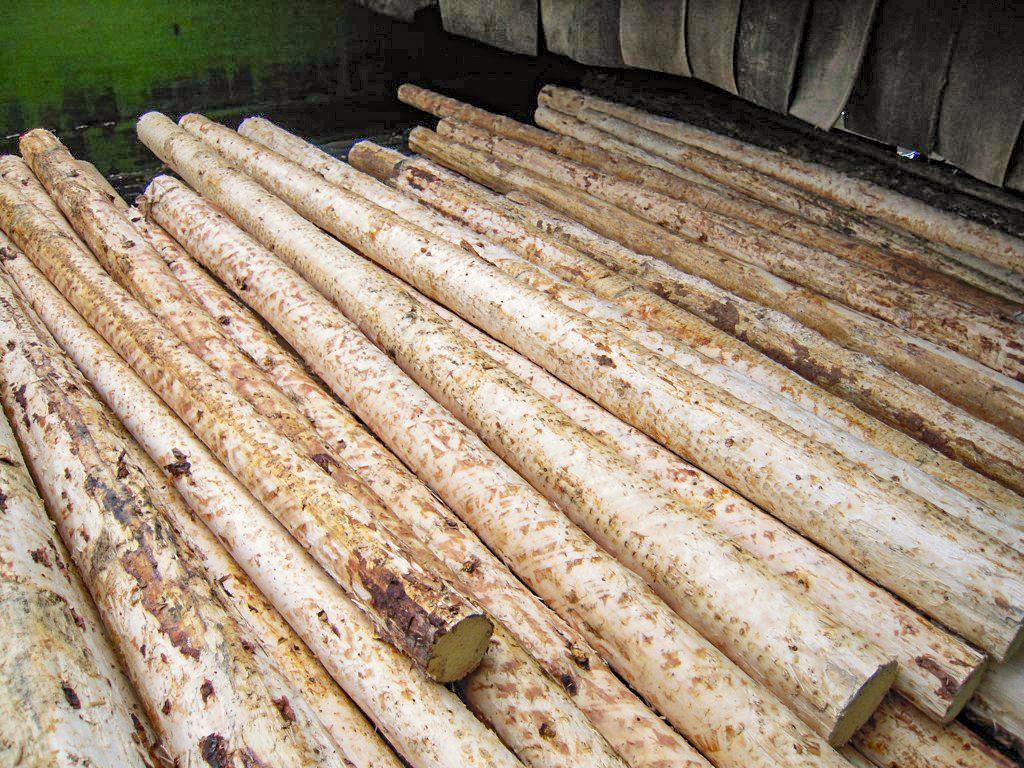 The timber industry, a cornerstone of South Carolina’s economy, is grappling the closure of several key mills. The recent shutdowns of mills in Darlington and Estill have sent ripples through the local supply chain, affecting forest management and the livelihoods of many in the industry. …The timber industry in South Carolina is struggling with significant challenges after major mill closures, including the International Paper Mill in Georgetown, the WestRock Plant in Charleston, the International Paper in Savannah and the Containerboard Mill in Riceboro. Michael Campbell, president and CEO of the South Carolina Timber Producers Association, highlighted the broader economic impact. “It’s a widespread county thing because the loggers tend to haul up to 100 miles away from the mill, so within 100 miles of that mill everything’s impacted,” he said. Despite some new mill announcements, Campbell said they are insufficient to compensate for the lost wood volume.
The timber industry, a cornerstone of South Carolina’s economy, is grappling the closure of several key mills. The recent shutdowns of mills in Darlington and Estill have sent ripples through the local supply chain, affecting forest management and the livelihoods of many in the industry. …The timber industry in South Carolina is struggling with significant challenges after major mill closures, including the International Paper Mill in Georgetown, the WestRock Plant in Charleston, the International Paper in Savannah and the Containerboard Mill in Riceboro. Michael Campbell, president and CEO of the South Carolina Timber Producers Association, highlighted the broader economic impact. “It’s a widespread county thing because the loggers tend to haul up to 100 miles away from the mill, so within 100 miles of that mill everything’s impacted,” he said. Despite some new mill announcements, Campbell said they are insufficient to compensate for the lost wood volume.


 A reader wrote The Discourse recently with a question about why the BC Wildfire Service protects privately-owned forest land on Vancouver Island. It was an interesting question, but it hinted at a bigger one: What are forestry companies doing to prevent and mitigate wildfires from happening in the first place? Recent major wildfires on Vancouver Island have been on a mix of Crown land and private land owned by or under license of forestry companies. This includes the fire from early this week on Block 290 near Mount Benson that was recently transferred to Snuneymuxw First Nation. A recent special investigation by the BC Forest Practices Board on
A reader wrote The Discourse recently with a question about why the BC Wildfire Service protects privately-owned forest land on Vancouver Island. It was an interesting question, but it hinted at a bigger one: What are forestry companies doing to prevent and mitigate wildfires from happening in the first place? Recent major wildfires on Vancouver Island have been on a mix of Crown land and private land owned by or under license of forestry companies. This includes the fire from early this week on Block 290 near Mount Benson that was recently transferred to Snuneymuxw First Nation. A recent special investigation by the BC Forest Practices Board on 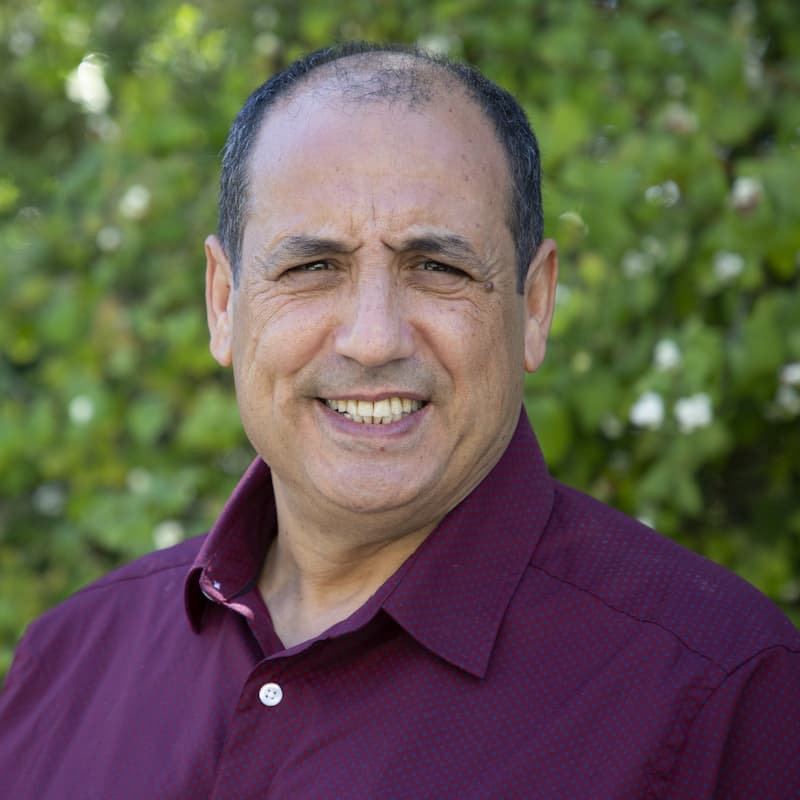
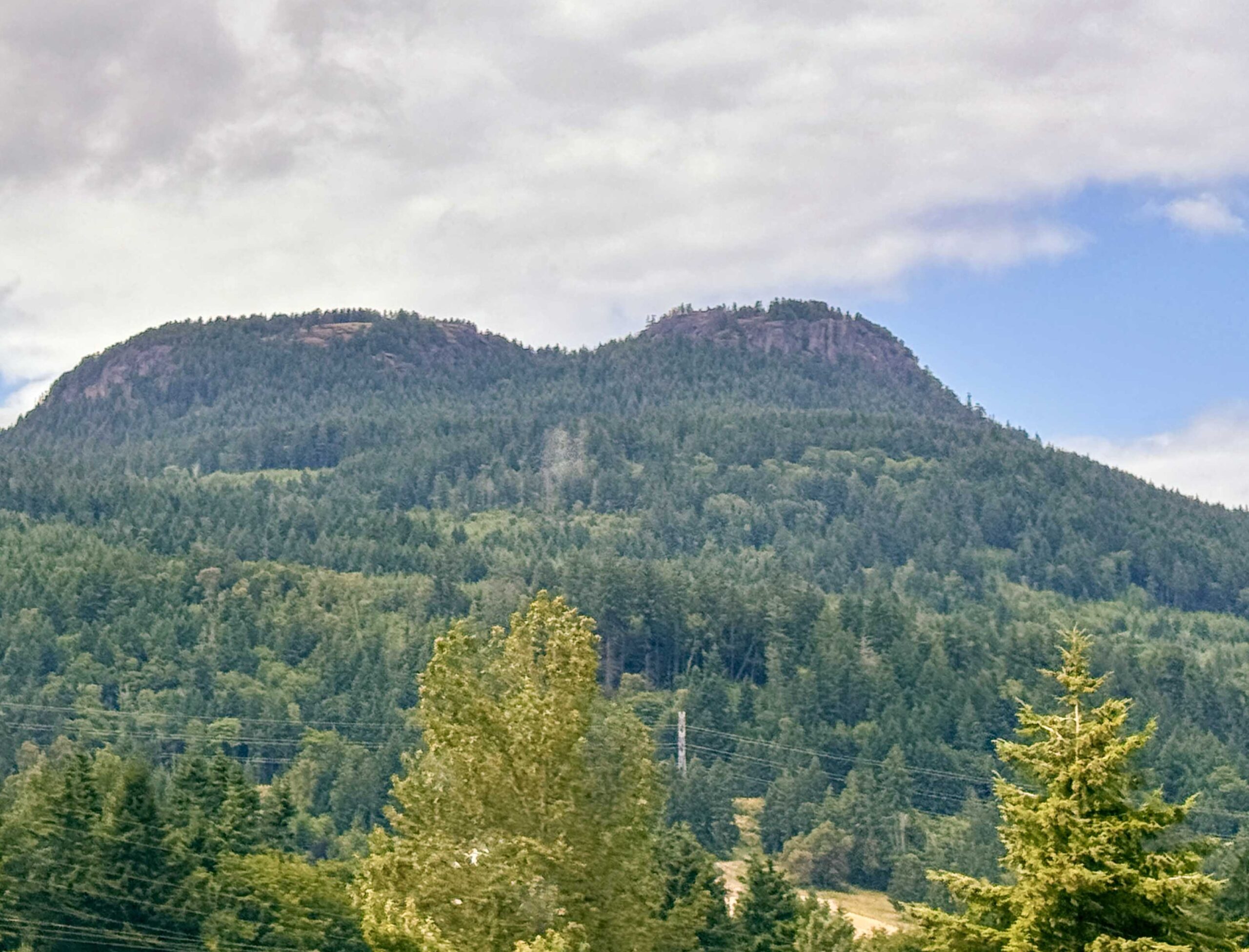 North Cowichan council has voted to make logging in the municipal forest reserve a strategic priority, despite warnings from some councillors and staff that the move could jeopardize years of work with the Quw’utsun Nation on a forest co-management framework. Timber harvesting in the roughly 5,000-hectare public forest has been on pause since 2019 to allow for public engagement, consultation with local First Nations and advice from experts on how to manage the publicly-owned woodland. Surveys found a majority of residents preferred conservation over harvesting — with 67 per cent of telephone respondents and 76 per cent of online respondents supporting either limiting timber harvesting … or not harvesting timber at all. In 2021, North Cowichan signed a memorandum of understanding with the Quw’utsun Nation… While it could take years before harvesting resumes, some around the council table warned that exploring harvesting options could negatively impact progress made towards a co-management framework with the Quw’utsun Nation.
North Cowichan council has voted to make logging in the municipal forest reserve a strategic priority, despite warnings from some councillors and staff that the move could jeopardize years of work with the Quw’utsun Nation on a forest co-management framework. Timber harvesting in the roughly 5,000-hectare public forest has been on pause since 2019 to allow for public engagement, consultation with local First Nations and advice from experts on how to manage the publicly-owned woodland. Surveys found a majority of residents preferred conservation over harvesting — with 67 per cent of telephone respondents and 76 per cent of online respondents supporting either limiting timber harvesting … or not harvesting timber at all. In 2021, North Cowichan signed a memorandum of understanding with the Quw’utsun Nation… While it could take years before harvesting resumes, some around the council table warned that exploring harvesting options could negatively impact progress made towards a co-management framework with the Quw’utsun Nation. Bikers should take note that end-of-summer logging operations are kicking into gear at Revelstoke’s Mount MacPherson for a month starting next week, but minimally impacting recreational trails, according to a local cycling group. In a Facebook post on Wednesday afternoon, Aug. 27, the Revelstoke Cycling Association (RCA) advised that forest harvesting begins at the mountain’s upper trail network on the weekdays following the Labour Day weekend. This comes one week later than previously indicated in RCA’s trail report. Logging will run from 3 a.m. to 5 p.m. weekdays through most or all of September, with no activity planned for weekends, according to the association.
Bikers should take note that end-of-summer logging operations are kicking into gear at Revelstoke’s Mount MacPherson for a month starting next week, but minimally impacting recreational trails, according to a local cycling group. In a Facebook post on Wednesday afternoon, Aug. 27, the Revelstoke Cycling Association (RCA) advised that forest harvesting begins at the mountain’s upper trail network on the weekdays following the Labour Day weekend. This comes one week later than previously indicated in RCA’s trail report. Logging will run from 3 a.m. to 5 p.m. weekdays through most or all of September, with no activity planned for weekends, according to the association. In this edition of our newsletter you’ll find these headlines and more:
In this edition of our newsletter you’ll find these headlines and more:

 An international research project in the northern is taking a hard look at the decline of keynote bat populations in a bid to help area ecosystems survive and thrive. Efforts to preserve a population of northern myotis – an endangered bat species that used to be found throughout eastern B.C., but whose range has been contracting to the central Interior – are under way near Kinbasket Lake, north of Revelstoke and Golden. Researchers with the Wildlife Conservation Society … are planting fake bark to mimic the old-growth trees where the northern myotis roosts, and on the north side they are using radio detectors to determine how many of the bats are present in logged areas. Logging may not be an automatic death sentence to bat populations, Lausen says, but it needs to stay within the limits of what northern myotis colonies can sustain. One of the project’s goals is to identify those limits.
An international research project in the northern is taking a hard look at the decline of keynote bat populations in a bid to help area ecosystems survive and thrive. Efforts to preserve a population of northern myotis – an endangered bat species that used to be found throughout eastern B.C., but whose range has been contracting to the central Interior – are under way near Kinbasket Lake, north of Revelstoke and Golden. Researchers with the Wildlife Conservation Society … are planting fake bark to mimic the old-growth trees where the northern myotis roosts, and on the north side they are using radio detectors to determine how many of the bats are present in logged areas. Logging may not be an automatic death sentence to bat populations, Lausen says, but it needs to stay within the limits of what northern myotis colonies can sustain. One of the project’s goals is to identify those limits. On the heels of record-breaking daily high temperatures, Vancouver Islanders face warmer than usual weather this week. Temperatures will continue to “remain well above seasonal” into mid-week for east and inland Vancouver Island with cooler temperatures overnight, according to an Environment Canada statement issued early Aug. 26. The extra warm conditions are expected to persist from inland Greater Victoria, up the east coast from Nanoose Bay to Fanny Bay. Cloud cover is expected Thursday. The Malahat area broke the newest record on the Island, hitting 30.2 C, topping the 29.8 daily record set in 2022. Nanaimo tied the oldest record, hitting a high of 33.3 set in 1958. Campbell River, Courtenay and Comox all flirted with 2016 records, with Campbell River shading the old 30 C temperature, hitting 30.2. Comox and Courtenay both tied the 2016 record of 30.3. The heat coincided with a new wildfire discovered Aug. 24 south of Nanaimo. The 8.6-hectare fire was classified as being held as of Tuesday morning.
On the heels of record-breaking daily high temperatures, Vancouver Islanders face warmer than usual weather this week. Temperatures will continue to “remain well above seasonal” into mid-week for east and inland Vancouver Island with cooler temperatures overnight, according to an Environment Canada statement issued early Aug. 26. The extra warm conditions are expected to persist from inland Greater Victoria, up the east coast from Nanoose Bay to Fanny Bay. Cloud cover is expected Thursday. The Malahat area broke the newest record on the Island, hitting 30.2 C, topping the 29.8 daily record set in 2022. Nanaimo tied the oldest record, hitting a high of 33.3 set in 1958. Campbell River, Courtenay and Comox all flirted with 2016 records, with Campbell River shading the old 30 C temperature, hitting 30.2. Comox and Courtenay both tied the 2016 record of 30.3. The heat coincided with a new wildfire discovered Aug. 24 south of Nanaimo. The 8.6-hectare fire was classified as being held as of Tuesday morning.
 For a small but growing number of Oregon forestland buyers, timber output is no more than a potential byproduct. Their purchases are driven less by a desire for logs than for clean, drinkable water. …city governments have long drawn their drinking water from surrounding forests, but experts say more are now actually buying the tracts encompassing those crucial streams and rivers. …The prospect of hotter, drier weather diminishing summer stream flows — even as populations keep growing — is spurring cities to assert more control over their water supplies, experts say. …Apart from water quality considerations, cities are buying forested watersheds to encourage old growth characteristics, with the intent of actually boosting water supplies over the long term, experts say. …Though municipal ownership of forest watersheds is intended to pre-empt disputes between cities and timber operators, the arrangement can still lead to tension over management decisions.
For a small but growing number of Oregon forestland buyers, timber output is no more than a potential byproduct. Their purchases are driven less by a desire for logs than for clean, drinkable water. …city governments have long drawn their drinking water from surrounding forests, but experts say more are now actually buying the tracts encompassing those crucial streams and rivers. …The prospect of hotter, drier weather diminishing summer stream flows — even as populations keep growing — is spurring cities to assert more control over their water supplies, experts say. …Apart from water quality considerations, cities are buying forested watersheds to encourage old growth characteristics, with the intent of actually boosting water supplies over the long term, experts say. …Though municipal ownership of forest watersheds is intended to pre-empt disputes between cities and timber operators, the arrangement can still lead to tension over management decisions.

 The Northwest Forest Plan (NWFP) was developed in 1994 for the 24 million acres of federal land within the range of the northern spotted owl… A network of large reserves for the spotted owl across its range (late successional reserves (LSRs)) were created in the NWFP along with a system of riparian buffers to protect streamside areas. …The Forest Service is currently updating the NWFP and chartered a committee under the Federal Advisory Committee Act to help advise on amending the plan. …We strongly endorse this proposal for widespread restoration treatments in dry forests inside and outside of the LSRs. Reducing stand densities in these forests while retaining all trees over 150 years of age is essential to owl survival, as is reintroduction of fire as a regular management tool. …Integrating forest restoration in dry forests with spotted owl conservation is one of the biggest challenges in updating the NWFP.
The Northwest Forest Plan (NWFP) was developed in 1994 for the 24 million acres of federal land within the range of the northern spotted owl… A network of large reserves for the spotted owl across its range (late successional reserves (LSRs)) were created in the NWFP along with a system of riparian buffers to protect streamside areas. …The Forest Service is currently updating the NWFP and chartered a committee under the Federal Advisory Committee Act to help advise on amending the plan. …We strongly endorse this proposal for widespread restoration treatments in dry forests inside and outside of the LSRs. Reducing stand densities in these forests while retaining all trees over 150 years of age is essential to owl survival, as is reintroduction of fire as a regular management tool. …Integrating forest restoration in dry forests with spotted owl conservation is one of the biggest challenges in updating the NWFP.

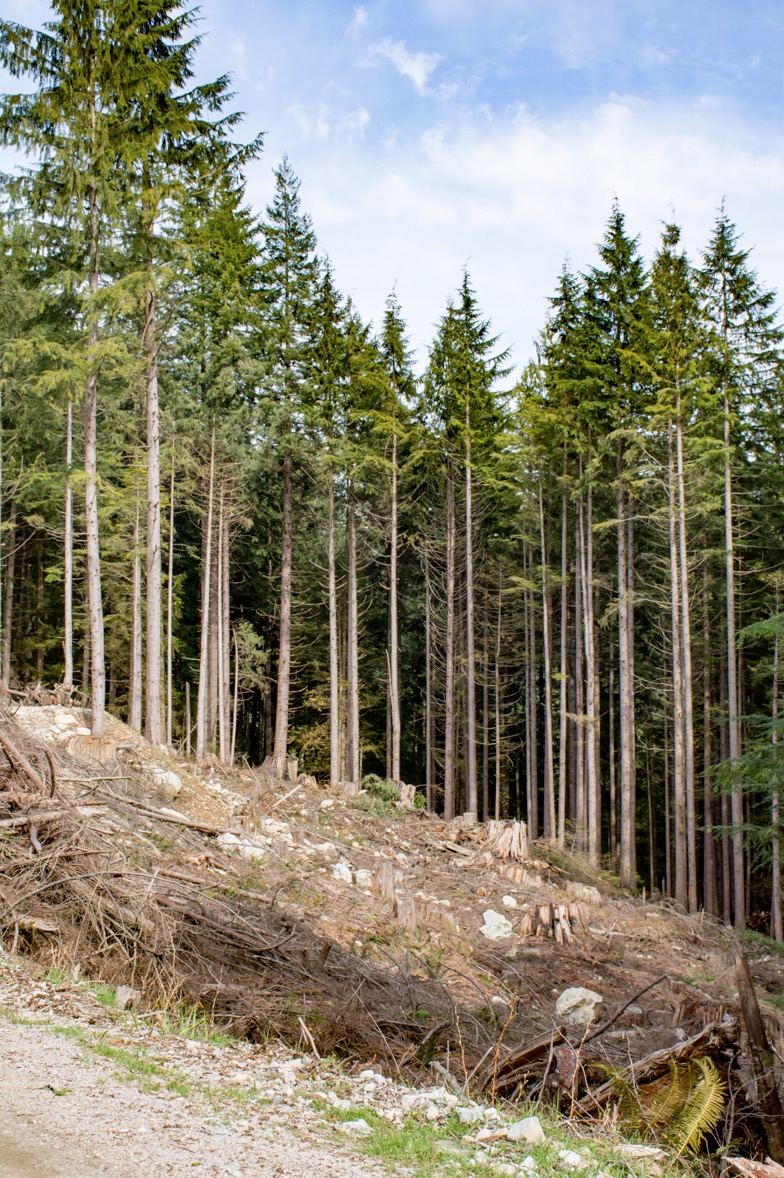 The occurrence and fate of microplastics in forest ecosystems is a recognized knowledge gap. In this paper, we used an aligned extraction method to quantify microplastics (>20 µm) in organic and mineral forest soil horizons and throughfall deposition. Calculation of forest soil microplastic stocks and throughfall fluxes allowed an estimation of throughfall contribution to microplastic accumulation in forest soils back to 1950. We identified a short-term microplastic enrichment in decomposed litter horizons followed by an accumulation in lower mineral soil caused by litter turnover processes. Similar microplastic features in soil and throughfall deposition indicate that microplastics entering forest soils primarily originate from atmospheric deposition and litter fall, while other sources have a minor impact. We conclude that forests are good indicators for atmospheric microplastic pollution and that high microplastic concentrations in forest soils indicate a high diffuse input of microplastics into these ecosystems.
The occurrence and fate of microplastics in forest ecosystems is a recognized knowledge gap. In this paper, we used an aligned extraction method to quantify microplastics (>20 µm) in organic and mineral forest soil horizons and throughfall deposition. Calculation of forest soil microplastic stocks and throughfall fluxes allowed an estimation of throughfall contribution to microplastic accumulation in forest soils back to 1950. We identified a short-term microplastic enrichment in decomposed litter horizons followed by an accumulation in lower mineral soil caused by litter turnover processes. Similar microplastic features in soil and throughfall deposition indicate that microplastics entering forest soils primarily originate from atmospheric deposition and litter fall, while other sources have a minor impact. We conclude that forests are good indicators for atmospheric microplastic pollution and that high microplastic concentrations in forest soils indicate a high diffuse input of microplastics into these ecosystems.
 Climate-heating emissions from wildfires in the European Union have surged to record levels this year as flames have engulfed over 1 million hectares of land – equal to 13 times the size of New York City – since January. Blazes sweeping through the continent – with major hotspots in Spain and Portugal – have so far released 38.37 million tonnes of carbon dioxide (CO2) emissions into the atmosphere, more than the annual CO2 emissions of Sweden, according to data from the European Forest Fire Information System (EFFIS). That’s more than double the average historical CO2 emissions recorded during the same months over the last 20 years. …Forests act as important carbon sinks, but when they burn, they release back into the atmosphere the carbon stored in the trunks, branches and leaves of their trees as well as in the soil. …Scientists have warned of the emergence of a ‘feedback loop’ between climate change and fires.
Climate-heating emissions from wildfires in the European Union have surged to record levels this year as flames have engulfed over 1 million hectares of land – equal to 13 times the size of New York City – since January. Blazes sweeping through the continent – with major hotspots in Spain and Portugal – have so far released 38.37 million tonnes of carbon dioxide (CO2) emissions into the atmosphere, more than the annual CO2 emissions of Sweden, according to data from the European Forest Fire Information System (EFFIS). That’s more than double the average historical CO2 emissions recorded during the same months over the last 20 years. …Forests act as important carbon sinks, but when they burn, they release back into the atmosphere the carbon stored in the trunks, branches and leaves of their trees as well as in the soil. …Scientists have warned of the emergence of a ‘feedback loop’ between climate change and fires. 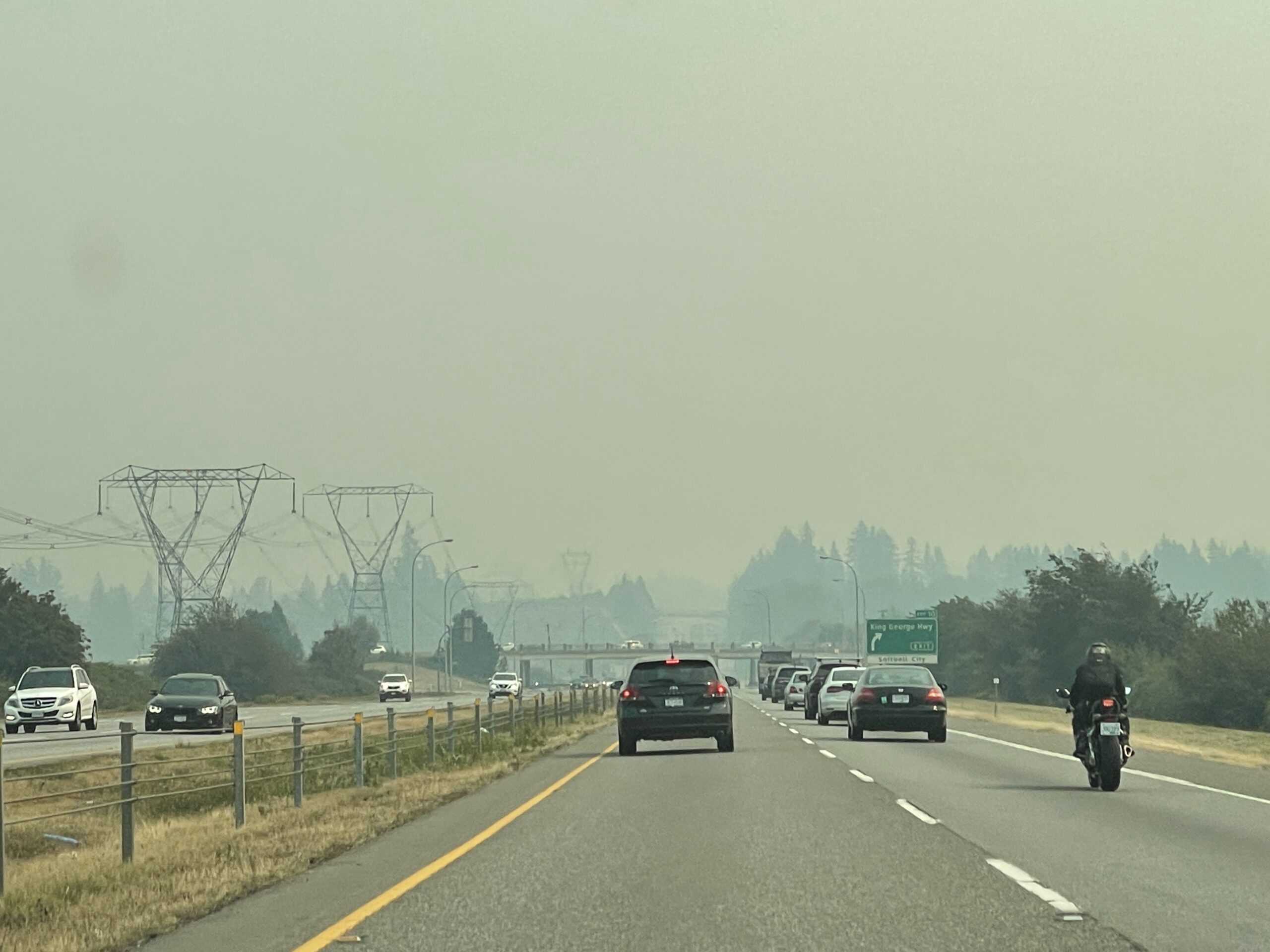 It’s hard not to forget the 2023 Canadian wildfire season, when more than 16 million hectares of forest were lost, thousands were displaced and smoke suffocated cities across both Canada and the U.S. And it turns out Canada experienced its worst air pollution levels that year since 1998, according to a new report released today by the University of Chicago’s Air Quality Life Index (AQLI). At the same time, the report found that pollution levels didn’t change much for the rest of the world in 2023. If those levels continued for a person’s lifetime, the average Canadian would lose roughly two years of their life expectancy, according to the report. Efforts have been made around the world, including in Canada, to curb harmful emissions of fine particulate matter with a diameter of less than 2.5 micrometres, also known as PM 2.5. But wildfires are reversing those advances — with serious health consequences.
It’s hard not to forget the 2023 Canadian wildfire season, when more than 16 million hectares of forest were lost, thousands were displaced and smoke suffocated cities across both Canada and the U.S. And it turns out Canada experienced its worst air pollution levels that year since 1998, according to a new report released today by the University of Chicago’s Air Quality Life Index (AQLI). At the same time, the report found that pollution levels didn’t change much for the rest of the world in 2023. If those levels continued for a person’s lifetime, the average Canadian would lose roughly two years of their life expectancy, according to the report. Efforts have been made around the world, including in Canada, to curb harmful emissions of fine particulate matter with a diameter of less than 2.5 micrometres, also known as PM 2.5. But wildfires are reversing those advances — with serious health consequences. In this edition of Forest Safety News you’ll find these stories and more:
In this edition of Forest Safety News you’ll find these stories and more: There are fresh calls for an alternative route to the west coast of Vancouver Island after it emerged the main route between Port Alberni and Bamfield, B.C., is closed indefinitely. …The only alternative is a logging road detour through Youbou in the Cowichan Valley. …Ditidaht First Nation Chief Councillor Judi Thomas said she hopes the province will go further and redesignate the forest service industrial road as a provincial road and fast-track investment. But the Ministry of Transportation and Transit said, “there is mixed ownership of the road(s) in this area, but all are private industrial roads, and the ministry has no plans to take over the ownership”. …The province says it’s working with Mosaic Forest Management, which is responsible for maintaining 15 kilometres of Bamfield Road, to beef up maintenance on the detour road . …D’Arcy Henderson, Mosaic’s chief operating officer, said it was working with stakeholders on maintaining that detour route.
There are fresh calls for an alternative route to the west coast of Vancouver Island after it emerged the main route between Port Alberni and Bamfield, B.C., is closed indefinitely. …The only alternative is a logging road detour through Youbou in the Cowichan Valley. …Ditidaht First Nation Chief Councillor Judi Thomas said she hopes the province will go further and redesignate the forest service industrial road as a provincial road and fast-track investment. But the Ministry of Transportation and Transit said, “there is mixed ownership of the road(s) in this area, but all are private industrial roads, and the ministry has no plans to take over the ownership”. …The province says it’s working with Mosaic Forest Management, which is responsible for maintaining 15 kilometres of Bamfield Road, to beef up maintenance on the detour road . …D’Arcy Henderson, Mosaic’s chief operating officer, said it was working with stakeholders on maintaining that detour route.
 Three new wildfires were confirmed today in the Northeast Region, one is out and two are burning out of control, according to the latest report from Aviation, Forest Fire and Emergency Services. North Bay 14 is on the north side of French River, about 4.5 km south of Sandy Island on Lake Nipissing. This fire is 1.5 hectares and not under control. Haliburton 26 is 0.5 hectares and located on Coo-ee Island on Kahshe Lake. The fire is also not under control. Chapleau 14 was 0.1 hectares and located on the south side of Bunting Lake, approximately 2.6 kilometres west of Perth Lake, and 1.1 kilometres south of Nackawic Lake. It is out. There are six active fires in the Northeast region; one is under control, two are not under control, and three are being observed.
Three new wildfires were confirmed today in the Northeast Region, one is out and two are burning out of control, according to the latest report from Aviation, Forest Fire and Emergency Services. North Bay 14 is on the north side of French River, about 4.5 km south of Sandy Island on Lake Nipissing. This fire is 1.5 hectares and not under control. Haliburton 26 is 0.5 hectares and located on Coo-ee Island on Kahshe Lake. The fire is also not under control. Chapleau 14 was 0.1 hectares and located on the south side of Bunting Lake, approximately 2.6 kilometres west of Perth Lake, and 1.1 kilometres south of Nackawic Lake. It is out. There are six active fires in the Northeast region; one is under control, two are not under control, and three are being observed.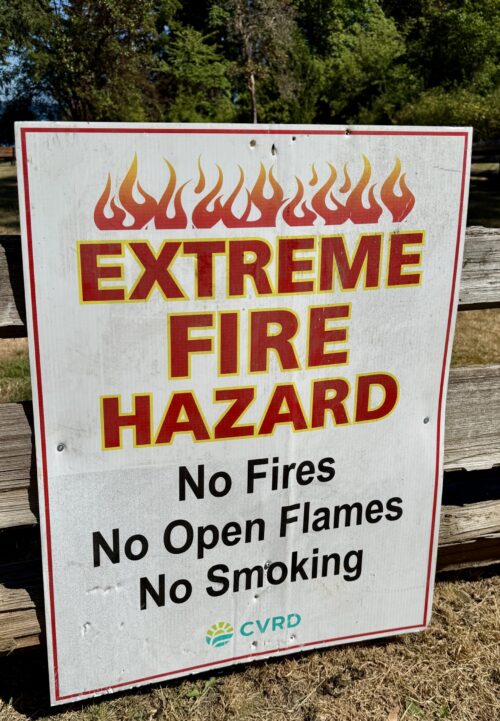 The number of active wildfires in British Columbia has leapt by more than a dozen following several days of hot, sunny weather. B.C. Wildfire Service (BCWS) figures Thursday morning show 81 active blazes, up from 68 on Wednesday, with 19 new starts and seven fires declared out over the past 24 hours. There are now 17 fires classified as burning out of control, up from four on Monday, including a cluster of new starts in the northwestern part of the Cariboo region. The wildfire service’s map also shows three new blazes detected Thursday in conservancy areas northwest of Whistler. BCWS says hot, dry conditions have left fuels across much of the province highly susceptible to ignition and spread. …The wildfire service says thunderstorms in the south are bringing a risk of lightning to the Coastal and southern Interior fire centres, and while those storms could help moderate temperatures slightly…
The number of active wildfires in British Columbia has leapt by more than a dozen following several days of hot, sunny weather. B.C. Wildfire Service (BCWS) figures Thursday morning show 81 active blazes, up from 68 on Wednesday, with 19 new starts and seven fires declared out over the past 24 hours. There are now 17 fires classified as burning out of control, up from four on Monday, including a cluster of new starts in the northwestern part of the Cariboo region. The wildfire service’s map also shows three new blazes detected Thursday in conservancy areas northwest of Whistler. BCWS says hot, dry conditions have left fuels across much of the province highly susceptible to ignition and spread. …The wildfire service says thunderstorms in the south are bringing a risk of lightning to the Coastal and southern Interior fire centres, and while those storms could help moderate temperatures slightly…
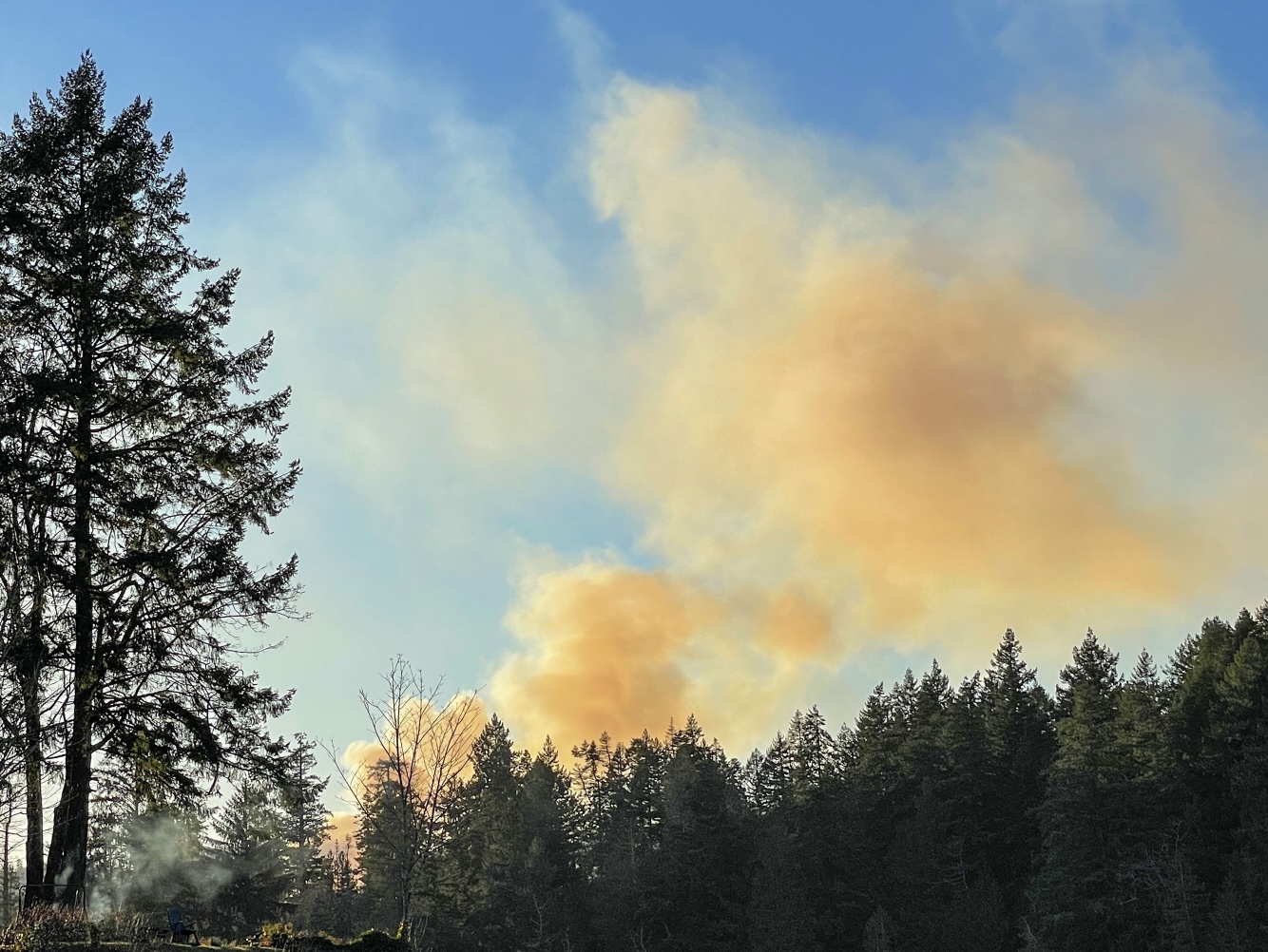 The Nova Scotia government has confirmed 20 homes were destroyed last weekend in the Annapolis County wildfire, which remains out of control and is estimated at 8,234 hectares — or more than 82 square kilometres. According to a news release on Thursday, the residences were destroyed Sunday on West Dalhousie and Thorne roads. Not all of the residences were primary structures. “Our hearts are broken for residents in the West Dalhousie community who’ve lost their homes,” Premier Tim Houston said in a news release. “It’s overwhelming to get that news, it will be a long road to recovery, and I know residents will find comfort through this strong, tight-knit community. The wildfire in the West Dalhousie area of Nova Scotia is still burning out of control and has destroyed 20 homes. The Long Lake fire, which started on Aug. 13, is estimated to be 8,234 hectares in size (or more than 82 square kilometres), as of 11:30 a.m.
The Nova Scotia government has confirmed 20 homes were destroyed last weekend in the Annapolis County wildfire, which remains out of control and is estimated at 8,234 hectares — or more than 82 square kilometres. According to a news release on Thursday, the residences were destroyed Sunday on West Dalhousie and Thorne roads. Not all of the residences were primary structures. “Our hearts are broken for residents in the West Dalhousie community who’ve lost their homes,” Premier Tim Houston said in a news release. “It’s overwhelming to get that news, it will be a long road to recovery, and I know residents will find comfort through this strong, tight-knit community. The wildfire in the West Dalhousie area of Nova Scotia is still burning out of control and has destroyed 20 homes. The Long Lake fire, which started on Aug. 13, is estimated to be 8,234 hectares in size (or more than 82 square kilometres), as of 11:30 a.m.


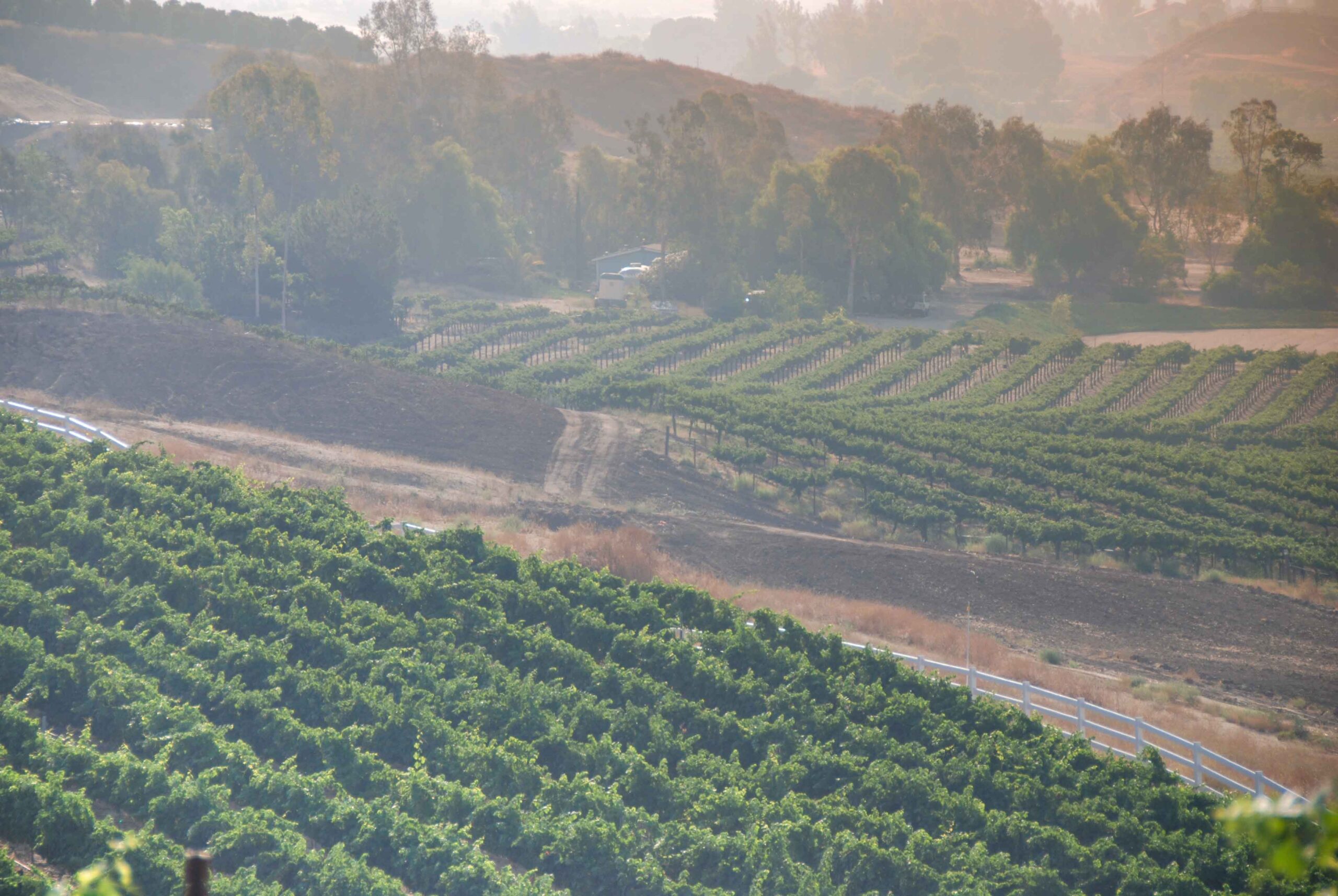 A wildfire that destroyed four homes in central Oregon was starting to stabilize on Monday, authorities said, while a blaze in Northern California wine country has so far spared some of the state’s most famous vineyards. Moisture helped the 1,200 firefighters battling Oregon’s Flat Fire, but more work needed to be done. Dry, hot weather had fueled a rapid expansion of the blaze across 34 square miles of rugged terrain in Deschutes and Jefferson counties since the fire began late Thursday. …Officials said firefighters had protective lines of some sort around the entire fire, including roads, but the fire remained at 5% containment. …Meanwhile, the Pickett Fire in Northern California has charred about 10 square miles of remote Napa County, known for its hundreds of wineries. It was 15% contained on Monday. …western United States have been sweltering in a heat wave … with temperatures hitting dangerous levels in Washington, Oregon, Southern California, Nevada and Arizona.
A wildfire that destroyed four homes in central Oregon was starting to stabilize on Monday, authorities said, while a blaze in Northern California wine country has so far spared some of the state’s most famous vineyards. Moisture helped the 1,200 firefighters battling Oregon’s Flat Fire, but more work needed to be done. Dry, hot weather had fueled a rapid expansion of the blaze across 34 square miles of rugged terrain in Deschutes and Jefferson counties since the fire began late Thursday. …Officials said firefighters had protective lines of some sort around the entire fire, including roads, but the fire remained at 5% containment. …Meanwhile, the Pickett Fire in Northern California has charred about 10 square miles of remote Napa County, known for its hundreds of wineries. It was 15% contained on Monday. …western United States have been sweltering in a heat wave … with temperatures hitting dangerous levels in Washington, Oregon, Southern California, Nevada and Arizona.